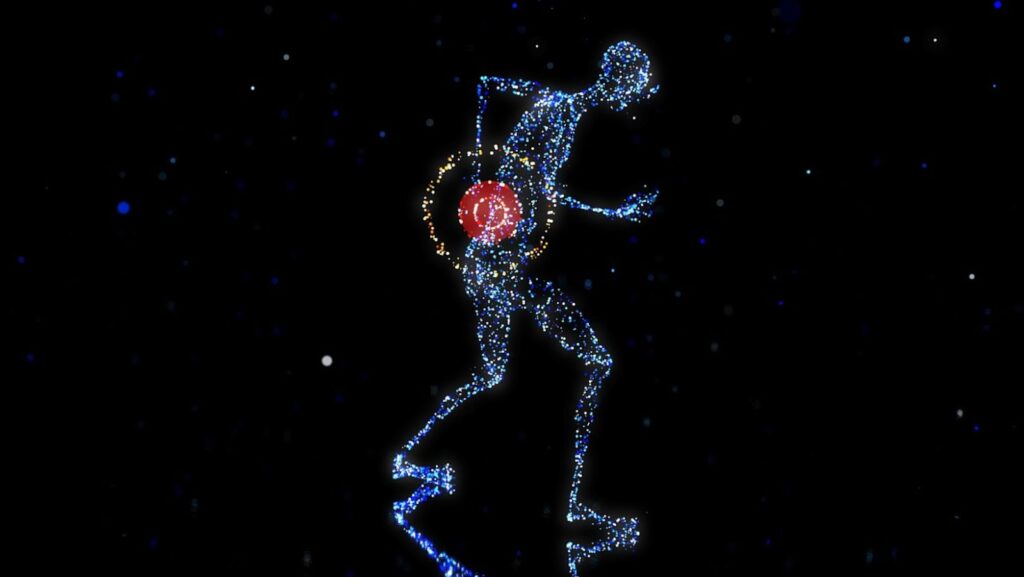Spondylolisthesis affects millions of people around the world, with its symptoms varying in severity. Many people do not experience any symptoms at all but others may have to take time off work, miss out on social occasions, give up hobbies, and even struggle with their mental health as a result of the pain and discomfort.
This article will focus on the connection between spondylolisthesis and back pain, outlining the possible treatment options, both medical and ones you can do at home. We will also explore the surgical options, from what decompression surgery involves to the benefits of a mechanical spondylolisthesis surgery implant over the traditional spinal fusion procedure.
A Brief Introduction To Spondylolisthesis
Spondylolisthesis refers to one of the vertebrae slipping out of position and causing pain and other discomfort. This can be caused by a fracture, deterioration over time, or can be a congenital condition. It is most common in the lower back (lumbar spine) but can also occur in the upper area (cervical spine). Spondylolisthesis in the thoracic spine is rare and is typically caused by injury.
Spondylolisthesis is graded based on the degree of the slippage. Grade 1 is less than 25% slippage, grade 2 between 26-50%, grade 3 between 51-75%, grade 4 between 76-100%, and grade 5 is over 100% slippage, referred to as spondyloptosis.
Spondylolisthesis can result in a lack of stability in the spine as well as causing pain. Other common symptoms include weakness in the legs and tingling sensations in the legs and feet. The slippage can occur in two directions, forward (anterolisthesis) or backward (retrolisthesis).
Spondylolisthesis: Common Symptoms
Although spondylolisthesis is not usually considered a serious or dangerous condition, many patients can experience severe symptoms including chronic pain. This is caused when the vertebrae come into contact with surrounding nerves, resulting in unnatural compression. If left untreated the condition can also increase susceptibility to other conditions such as degenerative disc disease, herniated discs, and osteoarthritis.
Symptoms can vary greatly between individuals with some experiencing no symptoms at all, while others only suffer from mild symptoms from time to time. In severe cases, a person may suffer from sustained periods of chronic back pain and a lack of mobility.
In addition to persistent or recurring back pain, spondylolisthesis symptoms may include:
- Tenderness in the affected area
- Stiffness in the back and legs
- Pain in the thighs
- Tight hamstrings or buttock muscles
- Leg weakness
- A tingling sensation in the legs
- Pins and needs in the feet
How To Treat Spondylolisthesis
Before any surgical treatments are considered, a doctor will recommend a range of other treatments to try and relieve the patient of any symptoms brought on by spondylolisthesis.

Typical treatments will include medication, physical therapy, and several lifestyle changes.
Medication
Following the initial diagnosis, if a person’s spondylolisthesis is in its early stages, a doctor may recommend avoiding any strenuous activity, in addition to over-the-counter medication, or perhaps a stronger prescription medication if the person is experiencing significant pain.
Medications can include; non-steroidal anti-inflammatory drugs (NSAIDs); nerve blocks, analgesics, opioids, antidepressants, or orally taken steroids. However, NSAIDs are not usually recommended for older adults as they pose a risk of gastrointestinal irritation and other digestion issues.
If you are taking any additional medications or have a history of kidney or liver problems then this will also be taken into consideration by your doctor. In some cases, epidural steroid injections may be deemed a better solution.
Epidural corticosteroid injections are delivered close to the spinal cord and can effectively treat chronic pain, as well as target symptoms such as muscle weakness. Although these injections can vary in effectiveness with some people experiencing long-term pain relief and others receiving no benefit. If successful, these painkilling injections can act as a long-term alternative to surgery.
Physical Therapy
Physical therapy is recommended for anyone who has spondylolisthesis or other debilitating spinal conditions that cause pain, immobility, and discomfort. A physical therapist will devise a long-term exercise regimen that focuses on gradually improving a person’s core strength to help stabilize the spine and promote more flexibility. These exercises can also help a person lose weight, reducing the amount of pressure that is placed on the spine. This may be combined with a strict diet plan that avoids inflammatory food.
The key goals of physical therapy are:
- To reduce pain
- Improve mobility and range of motion
- Strengthen the muscles and soft tissue in the spine
- Boost functionality and stamina
- Reduce a person’s weight to a healthy level
Lifestyle Changes
Maintaining a healthy diet is always advised for anyone who has a spinal condition, especially if the person is deemed overweight. This can be combined with gentle exercises such as swimming, yoga, or taking regular walks. If a person works at a desk each day then they should also take care to maintain good posture, stretch regularly, and take frequent breaks that allow them to stand and walk to relieve tension in the back.
Other treatments may include wearing a back brace or visiting a chiropractor who can administer spinal manipulation techniques to help create space for nerves and ease pain. Some patients also experience a noticeable reduction in symptoms from acupuncture or massage therapy, although the scientific evidence for these treatments is negligible.
Spondylolisthesis: Surgical Treatment
If non-surgical treatments and lifestyle changes have little impact in reducing a person’s spondylolisthesis symptoms then the last step is often surgery. Lumbar decompression surgery involves removing part of the vertebra (laminectomy) or part of the vertebral disc (discectomy) to create more room in the spinal canal. This should remove any impingement on the nerves or spinal cord.
To provide more stability in the back, this procedure is typically combined with spinal fusion. This operation fuses the affected vertebra to an adjacent one using a bone graft and/ or a metal plate that is fixed by rods and screws. This surgery can impact a person’s range of motion, preventing them from performing several natural actions. Furthermore, spinal fusion often has a long recovery time, and over time, the vertebrae next to the fused area can begin to deteriorate.
Because of this, many doctors now recommend mechanical spinal devices instead of spinal fusion. These devices mimic the natural movement of the spine and allow a person to retain a full range of motion in their back. Recovery times are also much quicker and these devices are unlikely to cause further deterioration. When discussing the possibility of surgery with your doctor, they will outline the various options and the associated pros and cons.
Thank you for reading and we wish you luck in your spondylolisthesis recovery.



